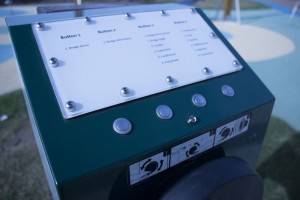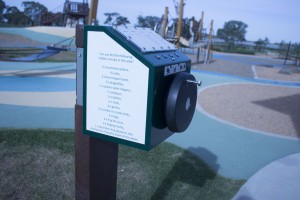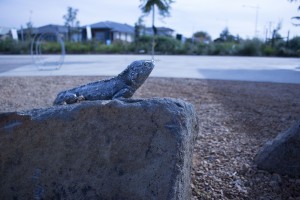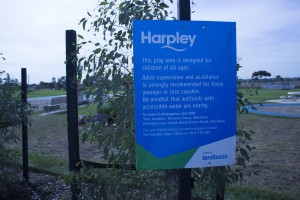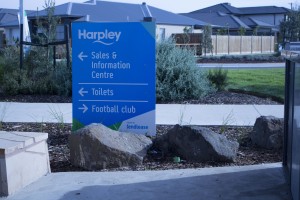Throughout the production stages of the project I ran into quite a few complications. The first was my lack of planning. I had planned to base the portrait around my friend, Adrianna, who is currently studying a Bachelor of Paramedicine after wanting to become a paramedic her entire high school life. Beyond that I was completely unsure about how anything else would work. Beside this information I was completely unsure of how my project would work, how it would be structured and what exactly it would contain. I realise now that to prevent a creative block, I should have made mind maps and flow charts to document the different paths I might have been able to take.
After writing a list of questions for Adrianna I sent them to her and organised a date to film. After looking at the questions she notified me that she wasn’t sure if she wanted to be a paramedic anymore. I had to start back from page 1. After talking to her for a bit I realised that the controlling idea of the brief could be about self discovery. The situation she was experiencing also allowed my film to follow a three act structure. The beginning would talk about her desire to be a paramedic, the turning point would feature her confession for not wanting to do her course and conclusion would focus on what her plans were for the future. I wrote up new questions based on this and came away with the lesson to always be prepared for accidents and changing circumstances when planning to film with another person.
After filming the interview and looking over the footage I realised how ill prepared I actually was. I had so much content but little idea of what to do with it. The only solution I could think of at the time was to wing it. I put it into Premier and started making editing as best as I could. Here I noticed how fast Adrianna was talking. Some areas of her speech weren’t needed in a shot, but were difficult to cleanly cut out. In some areas I was able to hide gaps in her speech (places where she’d said “uhh” or “umm”) and hide the gaps with the found footage quite well. After the editing process I realise how much of a difference it can be to make your interviewee as comfortable and relaxed as possible. Because I had very little idea myself on how the process would work, I failed to brief her properly on what was happening, therefore making us both a little nervous and stressed.
Upon looking over the completed film I found that the editing is quite jumpy. Cuts are made mid sentence and during the interview the camera remains at a medium distance. This can be quite boring after a while and I understand now that in certain areas of the interview I should have used a variety of shots and angles to make the film a little more interesting.
The biggest thing I could take away from this project is how much it helps to be prepared, and to always think ahead while filming.
